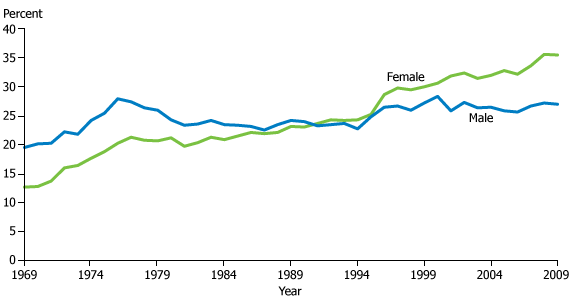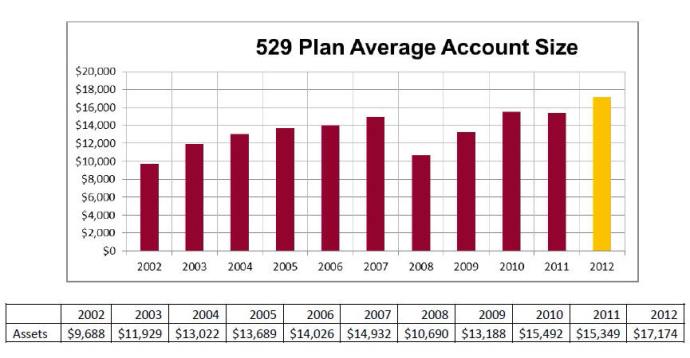◊◊◊ Pay to play outlawed in N.Y., for now (lohud.com)
Unlike most states, including nearby Connecticut, Massachusetts, and New Jersey, New York does not currently allow schools to charge students extra to participate in extracurricular programs. But as the tax cap continues to put pressure on school spending, New York might join other states in requiring students to “pay to play”.
State Assemblywoman Amy Paulin, D-Scarsdale, expresses the concerns of many.
“I believe extracurricular activities provide children with extra opportunities and extra potential for learning. There’s enough disparity for poor families. They already have a disadvantage,” she said. “In my mind, pay-to-play means we all pay later on.”
The rules vary widely across the country, with some states/districts only requiring athletes to pay. Even in New York, the spirit of the law seems to be violated in some cases. For example, a student must pay $90 or sell program ads as a condition of participating in our local high school play. Isn’t that a form of pay-to-play?
◊◊◊ In their first cut for admissions, academic standards rule for most elite colleges.
Before they’re holistic, colleges look at grades and test scores.
… The most common winnowing process (used by 76 percent of the colleges that answered Rubin) is some measure of academic merit. This may be based on grades, rigor of high school courses, test scores and so forth. While there is some difference in the relative weight given to various factors, there is a straightforward value on doing better than others in whatever formula the college uses.
The survey included responses from “63 of the 75 most competitive colleges, mostly private, with just a few public flagships”.
◊◊◊ Massachusetts has seen a 20% increase in charter enrollment over the last four years.
Legislation to eliminate a cap on the number of charter schools has been proposed by Democrat state senators.
BOSTON—Massachusetts lawmakers are considering eliminating a cap on the number of charter schools that can operate in the lowest-performing school districts, including here in the capital city.
While other states also have weighed lifting caps, charter advocates point to left-leaning Massachusetts as a somewhat unlikely model for the movement. “This demonstrates that charter schools are a viable reform,” said Nina Rees, president of the National Alliance for Public Charter Schools, a nonprofit aimed at advancing the movement. “If it can happen in Massachusetts, it can happen anywhere.”…
The 107,000-member Massachusetts Teachers Association is likely to oppose the bill, said union president Paul Toner. Under state law, schools’ funding is linked to the number of attending students, so charter schools divert much-needed funds from traditional schools, he said….
Because other states look to Massachusetts—where students overall routinely rank at the top of national and international tests—for lessons on academic achievement and innovation, the Bay State’s policies on charter schools are being followed closely, former Florida education commissioner Gerard Robinson told charter advocates gathered in Boston recently.
Nationally, charter schools are educating more than 2.3 million students in the 2012-13 school year, 275,000 more than last year, the largest single-year jump since the movement began 20 years ago, according to the National Alliance for Charter Schools.
More than 31,000 Massachusetts students attend charter schools, an increase of 20% in the past four years. …
Unlike many other states, advocates say, Massachusetts’ governance system designates state education officials as sole authorizers of independently run charter schools, overruling local mayors and unions.




